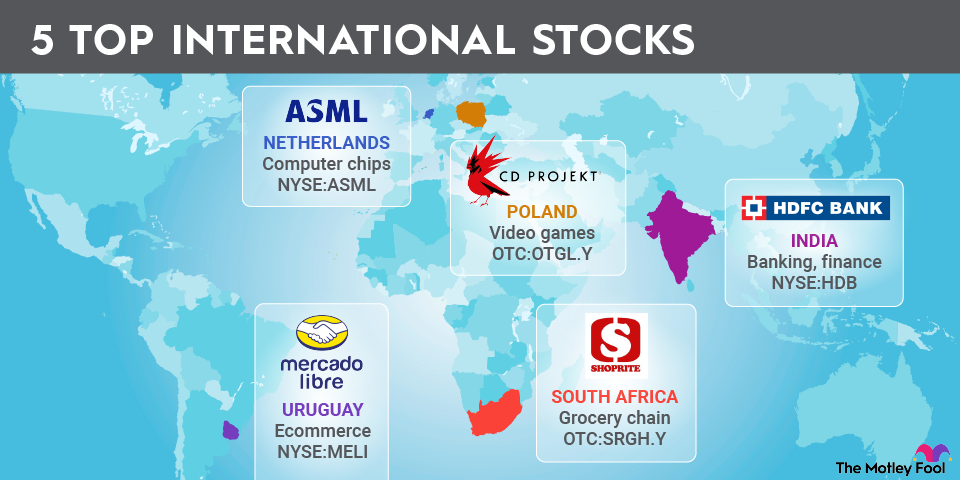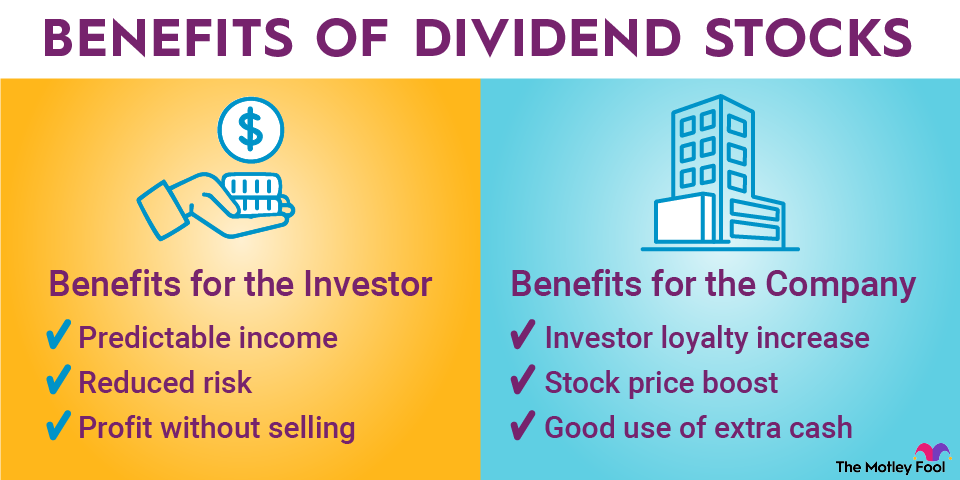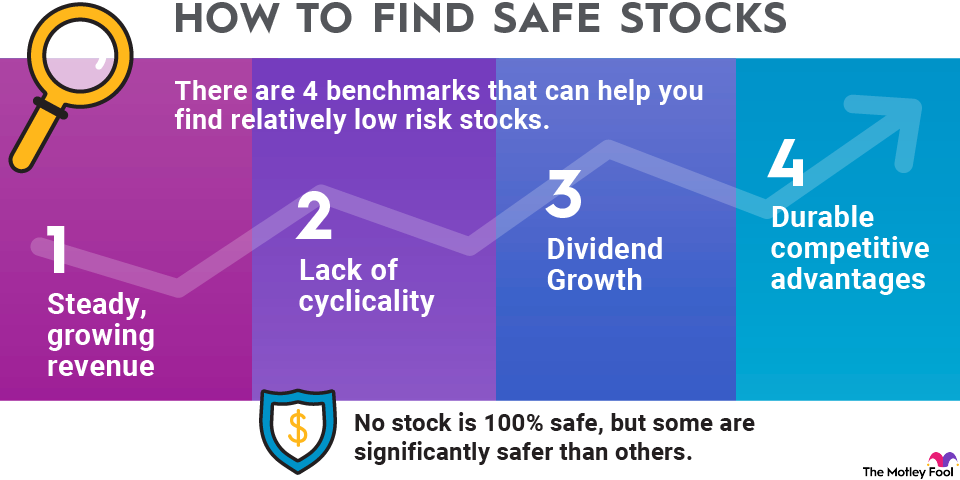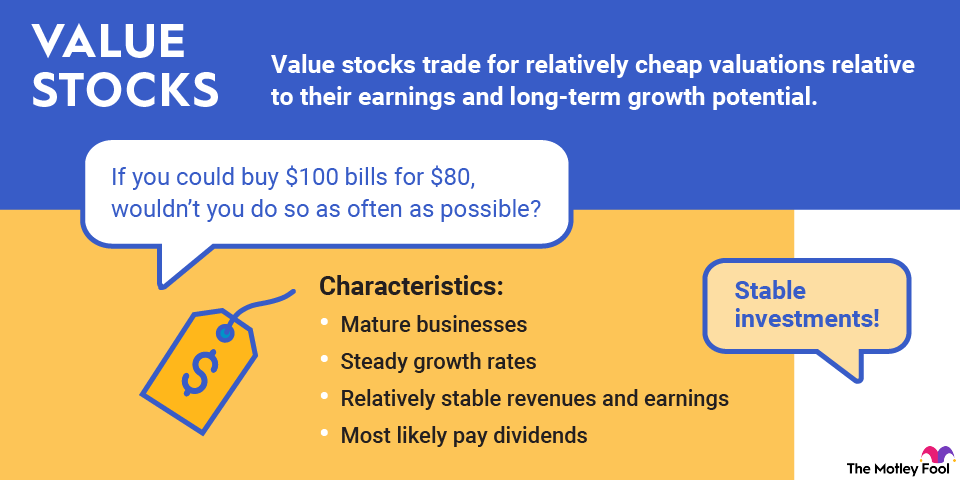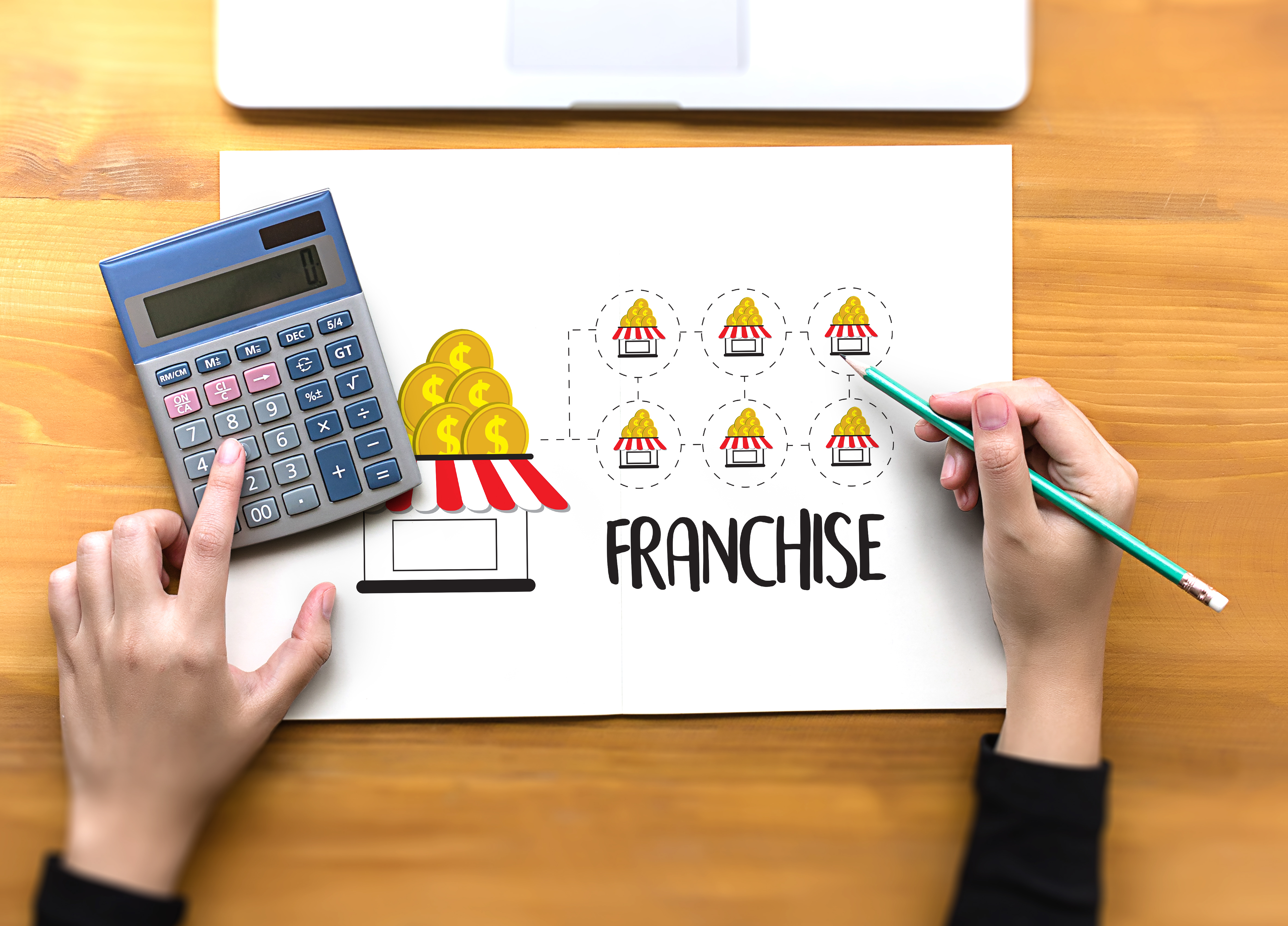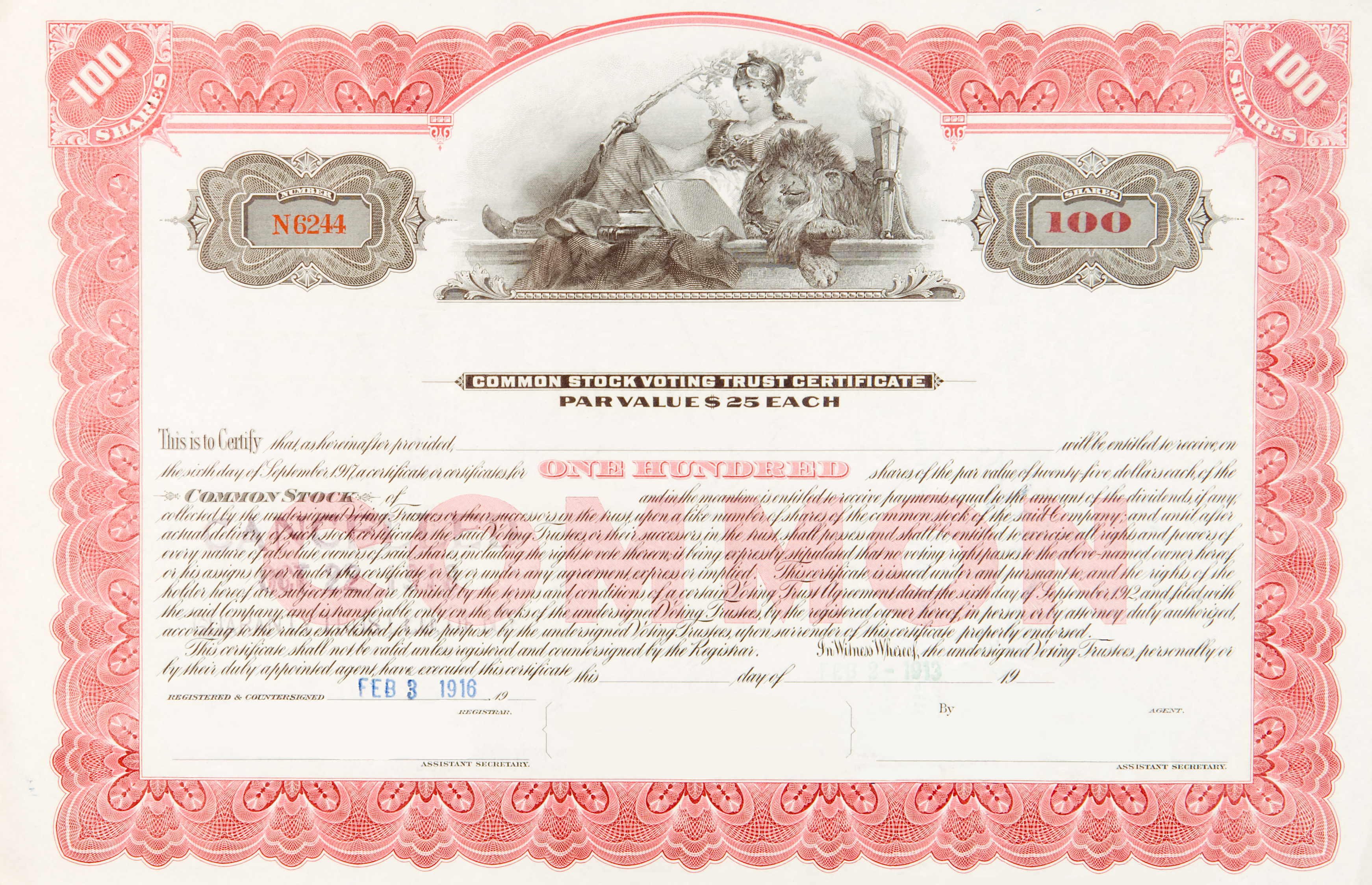If you’re looking for hot growth stocks, initial public offerings (IPOs) are a great place to start your search. These freshly minted public companies tend to make a splash in the market with big growth expectations and high price tags to match. Although not every IPO stock will be a winner, some of the most valuable companies in the world, such as Amazon (AMZN +0.85%) and Apple (AAPL +0.04%), were once initial public offerings and have turned early investors into millionaires.
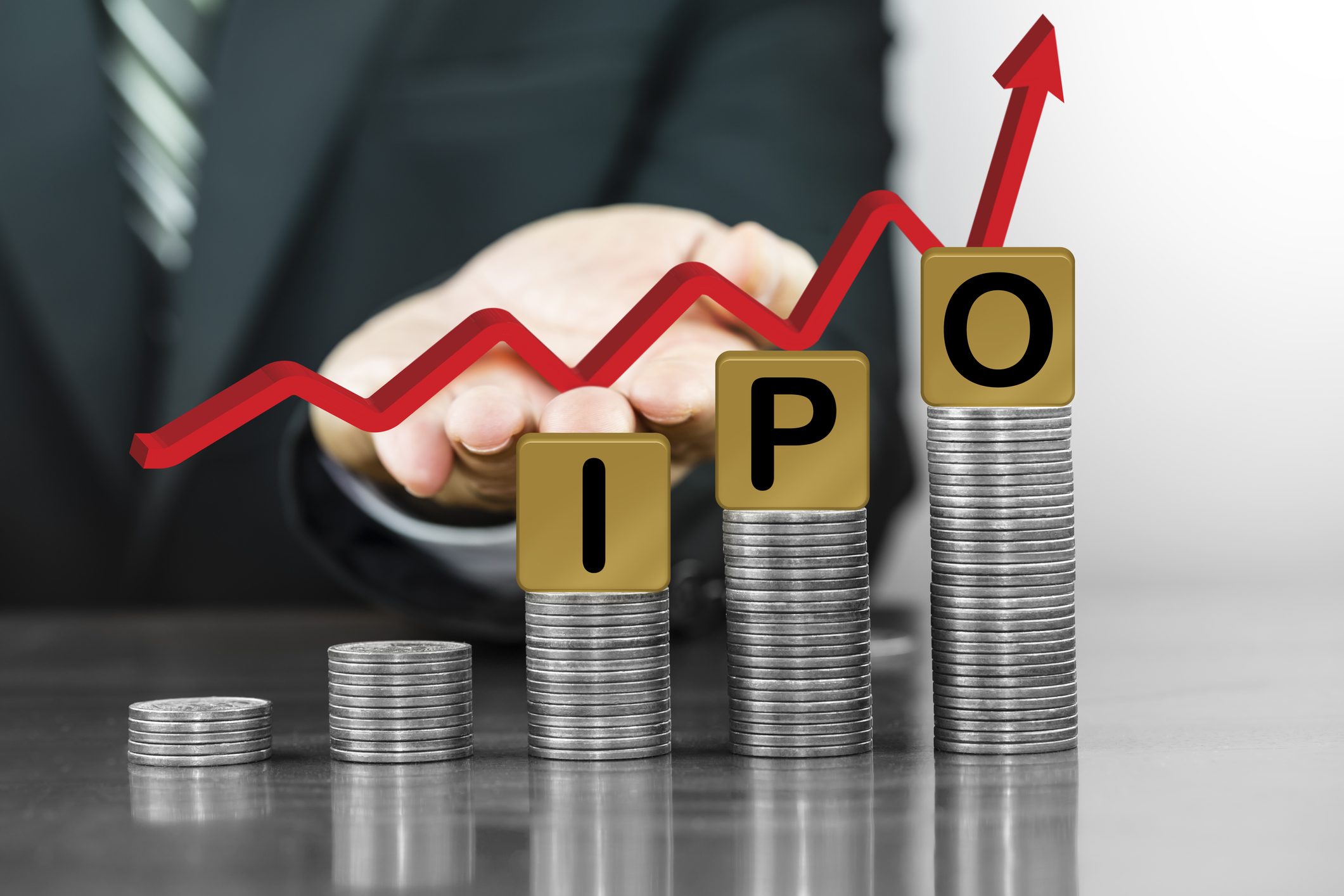
What is an IPO stock?
An IPO stock is a stock that has recently gone public. That means it has gone through the process of selling its shares to a group of investors, typically with the help of an underwriter, and then listing the stock with an exchange like the New York Stock Exchange or the Nasdaq Stock Exchange, where investors can easily buy and sell it.
A company can sell more shares to the public in what's typically known as a follow-on offering, or shares can be sold through a secondary offering. There is an important distinction between the two, though they are sometimes used interchangeably.
- Follow-on offering: A follow-on offering refers to a company selling its stock after its IPO. Companies are free to do this at any time, though they must file with the U.S. Securities and Exchange Commission (SEC), and it means that existing shareholders will be diluted. This can be called a primary offering.
- Secondary offering: A secondary offering refers to a block of stock being sold by an existing shareholder, not the company. This also typically requires public notification through an SEC filing. The main difference between a secondary and a primary offering is that a secondary offering doesn't dilute existing shareholders, though it also doesn't raise any money for the company.
Recent IPOs
After a boom in IPOs during the COVID-19 pandemic, the IPO market went ice-cold in 2022 as tech stocks plunged and interest rates soared. However, as the Nasdaq Composite has bounced back, the IPO market has shown signs of life once again, with several new issues debuting over the last year.
| Name and ticker | Market cap | Dividend yield | Industry |
|---|---|---|---|
| CoreWeave (NASDAQ:CRWV) | $42.7 billion | 0.00% | IT Services |
| Figma (NYSE:FIG) | $19.2 billion | 0.00% | Software |
| Circle Internet Group (NYSE:CRCL) | $20.6 billion | 0.00% | Software |
| Omada Health (NASDAQ:OMDA) | $1.0 billion | 0.00% | Healthcare Providers and Services |
| Nebius Group (NASDAQ:NBIS) | $25.6 billion | 0.00% | Software |
1. CoreWeave
CoreWeave (CRWV +2.29%), a generative artificial intelligence (AI)-focused cloud infrastructure business, had a disappointing IPO, but the stock has surged since then, gaining more than 300% from its IPO price of $40 at one point.
CoreWeave's IPO came at the end of March 2025, when concerns about tariffs, weakening consumer sentiment, and a potential slowdown in AI spending weighed on the market. The IPO was undersubscribed, and the offering was priced below its target range. Nvidia (NVDA -0.21%), a major customer, bought into the offering, helping to make it happen.
As confidence in the economy has returned, CoreWeave stock has soared. The company is delivering skyrocketing growth with revenue up 206% in the second quarter, showing soaring demand for the AI computing power that it offers. However, CoreWeave is still deeply unprofitable on a generally accepted accounting principles (GAAP) basis and has high customer concentration, making it risky. Its business model also requires heavy spending on capital expenditures, buying graphics processing units (GPUs) that it essentially rents out as computing power to customers, meaning it has considerable debt and high interest expenses.
It's a risky stock, but its growth rate shows that it has huge potential. It's also a rare pure-play AI stock.

NASDAQ: CRWV
Key Data Points
2. Figma
Figma (FIG -0.38%) is one of the newest companies to go public with its IPO at the end of July.
The stock soared initially as Figma has built a strong business around design software with a stable of top customers, strong top-line growth, GAAP profits on the bottom line, and new AI-powered products.
Prior to going public, Figma was in the news for agreeing to be sold to Adobe for $20 billion. However, regulators broke up the deal, claiming that it was anti-competitive.
Though Figma still competes against Adobe, the company has arguably the leading brand in user experience and user interaction (UX/UI) software, and has a bright future in front of it.
The company is investing aggressively in AI and recently popped after OpenAI touted a Figma integration.

NYSE: FIG
Key Data Points

NYSE: CRCL
Key Data Points
4. Omada Health
Another brand-new IPO is Omada Health (OMDA -0.63%), a virtual care company known for its focus on chronic conditions like diabetes.
Omada went public on June 6, raising $150 million. The stock popped on its opening day, gaining 21% from its $19 IPO price.
Combined with the response to the Circle IPO, investor sentiment seems to indicate strong demand for new issues after a long cold spell in IPOs.
Omada's revenue rose 38% to $169.9 million in 2024 and reported a net loss of $47.1 million, which was an improvement from a loss of $67.5 million in 2023.

NASDAQ: OMDA
Key Data Points
5. Nebius Group
Nebius Group (NBIS -3.45%), a competitor to CoreWeave, went public last October before its larger rival.
Nebius is also putting up blistering growth. Its revenue is up 625% in the first quarter to $105.1 million, but the company is rapidly losing money like CoreWeave.
Nebius is much smaller than CoreWeave, which topped $1 billion in revenue in its most recent quarter, and its business model is slightly different. Nebius has a broader focus in the so-called "neocloud" with services like managed databases and machine learning services, while CoreWeave focuses primarily on access to AI computing power through Nvidia GPUs. However, both companies have tremendous growth potential.

NASDAQ: NBIS
Key Data Points
IPO stocks to watch in 2025
1. Stripe
As the most valuable privately held tech startup in the U.S., digital payments company Stripe may be the most anticipated IPO out there. While the company has not announced plans to go public, Reuters reported that Stripe had taken its first step toward a market debut, tapping a law firm to guide it through the process. The wire service also said the company was planning on a direct listing instead of a traditional IPO since it doesn't need to raise new funds.
Stripe, which provides cloud software that allows businesses to seamlessly process payments, took a valuation cut from $95 billion to $50 billion due to the crash in tech stocks. It was valued at $91.5 billion in a secondary offering in February 2025 that allowed employees to cash out their stock. Still, management continues to say that it aims to go public eventually, though it seems to keep putting off that decision.
2. Shein
Shein could have been the biggest IPO of 2025. The Chinese discount e-commerce site known for cheap clothes and similar merchandise filed confidentially to go public in November 2023.
In January 2025, Reuters reported that it was aiming for an IPO by midyear. While it hasn't revealed its financials yet, the company could reportedly be valued at $90 billion. Temu, a similar Chinese discount e-commerce site, has also grown rapidly, showing strong demand for cheap online merchandise and alternatives to Amazon.
Regulatory scrutiny around its supply chain and labor practices seems to have derailed its hopes for an IPO in the U.S. for now, and the company is now looking to go public in Hong Kong.
3. Discord
As of March 2025, media reports indicated that Discord, the messaging app that's popular with gamers, has been in early talks with bankers to go public as soon as late 2025. Discord was valued at $15 billion in its last funding round in 2021.
The company has not confirmed any plans to go public. It now has more than 200 million monthly active users, with the vast majority of them using the app to play games. It makes money through a "freemium" business model, offering enhanced features for paying users.
How an initial public offering (IPO) works
An IPO is how most companies go public, although it's not the only way. Companies can also go public through a direct listing, simply making the stock available to the public, or through a special purpose acquisition company (SPAC).
However, of those options, the IPO is the only one that raises money for the company.
The IPO process typically begins with a company hiring investment bankers to serve as underwriters. It then files a prospectus or a Form S-1 with the SEC, providing comprehensive information about the company, including its financial results, risk factors, and growth strategy. The filing typically happens four to six weeks before the stock begins trading.
From there, the company will typically go on a roadshow, pitching the stock to institutional investors. Shortly before the IPO, the IPO price is set, meaning how much investors buying the IPO will pay.
Once it begins trading on an exchange, investors are able to buy and sell it like they would any other stock.
How to evaluate an IPO stock
If you're considering investing in an IPO stock, you'll want to consider some of the same factors you would with any stock, though IPOs lack some useful indicators like a track record as a stock.
Once a company files its S-1 prospectus, you can get a good look at its finances. Find out how fast its revenue is growing. Is the company profitable? If not, does it have a realistic path to profitability?
Consider the company's business model. Is it a brand new concept, or is it a tried-and-true model like cloud software?
Valuation is also worth considering, as plenty of IPOs have promising businesses, but are simply overvalued following their debuts. IPOs tend to be volatile, and it's a good idea not to chase a hot IPO if its valuation seems unreasonable.
How to buy IPO stock
- Open your brokerage app: Log in to your brokerage account where you handle your investments.
- Search for the stock: Enter the ticker or company name into the search bar to bring up the stock's trading page.
- Decide how many shares to buy: Consider your investment goals and how much of your portfolio you want to allocate to this stock.
- Select order type: Choose between a market order to buy at the current price or a limit order to specify the maximum price you're willing to pay.
- Submit your order: Confirm the details and submit your buy order.
- Review your purchase: Check your portfolio to ensure your order was filled as expected and adjust your investment strategy accordingly.
Related investing topics
Pros and cons of investing in IPO stocks
There are a number of pros and cons to investing in IPO stocks. Let's review some of the big ones.
Pros:
- Investing in IPOs can get you exposure to big winners.
- Most top stocks were once IPOs.
- You can get in early on a stock you like.
Cons:
- Most IPOs underperform the market.
- IPOs tend to be more volatile and riskier than the average stock.
- It can take time for an IPO to find equilibrium in the market, and it's hard to know where it will settle.
In general, IPOs offer substantial potential upside and occasionally produce big winners, but most debuts do not perform as well as the S&P 500, whose stocks have proven their mettle on their way to earning membership in the index.


